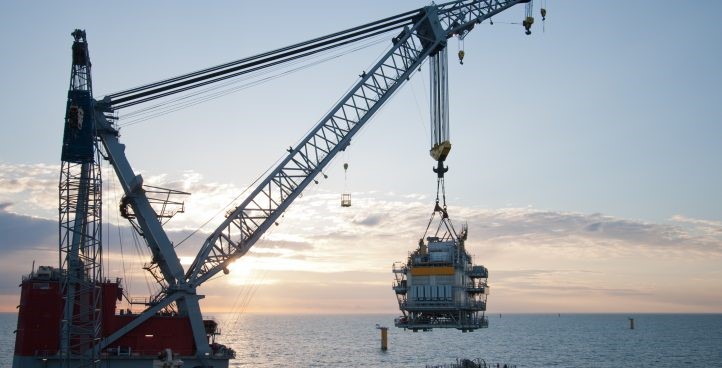One of the key aspects of a successful rigging or engineering project is the use of high-quality hardware. Following the process of procuring the right rigging equipment for your project is an essential role of the project manager.
Depending on the hardware requirements of your rigging project, finding the right lifting hooks is important. Before purchasing your lifting hooks, make sure you’re fully informed. Read on to find out about the five things you should know before deciding which lifting hook is the best one for your project.
1. Overhead or Non-Overhead Lifting?
Different lifting hooks serve different purposes. Lifting hooks used for overhead lifting are not suitable for non-overhead lifting. Once you know which application you need your lifting hook for, you can narrow down your search.
Whether you’re lifting an engine or a plate, each application requires a different overhead lifting hook. Mesh lifting hooks are ideal for quick and safe lifting of steel mesh, whereas sorting hooks are better for lifting & moving materials with long, narrow openings. For overhead lifting, only hooks made from alloy should be used.
Non-overhead lifting hooks are used for jobs that require secure loading or pulling applications. They come in different grades from the overhead lifting hooks. Non-overhead lifting hooks can be used with a combination of chains.
An important consideration when purchasing both overhead and non-overhead lifting hooks is understanding the workload limits. This will ensure you get the right grade and size for the specific application. This includes the type of chain you use.
2. Safe Use of Lifting Hooks
As with any rigging or engineering project, the health and safety of the team working on the job can’t be compromised. The safe use of equipment including lifting hooks is non-negotiable. While regular inspections of your equipment ensure they are of high standard at all times, the safety steps below will guarantee a safe job:
- Care must be taken during the application of a job, ensuring no damage or abuse is done to the lifting hook.
- Be aware of workload limits and avoid rapid loading or dropping attachments onto the lifting hook. This kind of shock to the lifting hook will decrease its workload strength.
- Use the correct size chain intended for the lifting hook.
- At no time should the lifting hook be subjected to inappropriate tip loading and bending. Exposure to sharp objects should also be avoided.
- Avoid exposing lifting hooks to corrosive materials or high temperatures that could affect their strength and ultimately, change their workload limit.
3. Inspecting the Quality of Your Lifting Hooks
Before using your lifting hooks for a job, inspect them. With ongoing use, it’s normal for your lifting hooks to have some wear and tear. Look out for the following:
- Wear and tear limits: If the hooks have worn down below its specific dimension or tolerance for the application it’s intended for, discard the hook.
- Increase in slot opening: Discard the hook if its slot opening is more than 5% of the original opening.
- Distortion or cracks: If your hook is showing any sign or cracking or distortion, discard immediately.
- Load pins: Replace damaged load pins using the same manufacturer who designed the lifting hook.
4. Maintaining Your Lifting Hooks
Regular maintenance of all your rigging equipment will keep them in good, working order as the designated person responsible for maintenance and repair of equipment knows what to look out for. Based on inspection, if the lifting hook is not discarded it needs to be removed from service until repaired.
Hook latches that are missing or no longer closing the opening need to be replaced or repaired. Cracks can be repaired by grinding longitudinally, following the contour of the hook, provided no dimension falls below 10%; or as recommended by the manufacturer.
If a maintenance or repair job can’t be done by the designated person, the lifting hook should be sent to the manufacturer for further repairs.
5. Safety Standards of Your Lifting Hooks
Your manufacturer needs to guarantee their products meet all safety standards within the rigging industry. Knowing that the manufacturer undertakes careful testing and examination of their products will assure you of quality, durability and reliability of the lifting hooks you use for rigging purposes.
Regulations within the industry ensure that specific guidelines are followed by all manufacturers. Associations have been set up for this precise reason and any concerns may be raised with them. If you’re looking for lifting hooks (and other rigging equipment) that complies with the Australian standards, turn to a well-established company.
Final Thoughts
Purchasing the right lifting hooks is essential for a rigging or engineering project. But it’s not only about purchasing the right product. It’s also the safe use of them, maintenance, regular inspections and meeting safety standards that help guarantee a successful rigging project.

